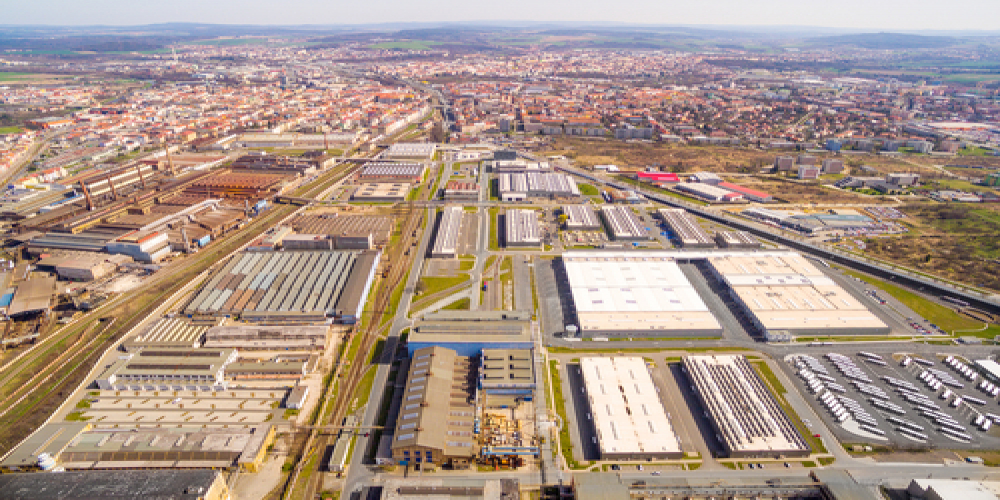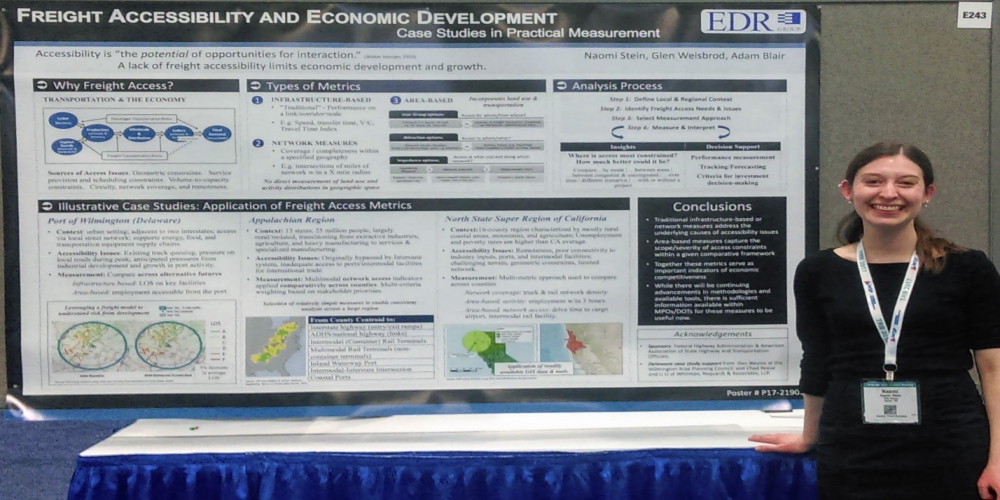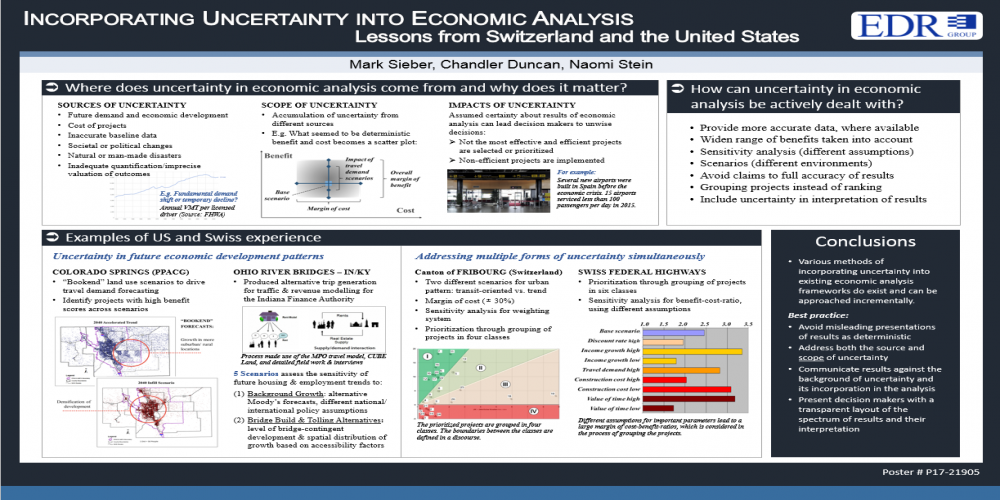Archive
Hardly a day passes without websites, newspapers, and TV news trumpeting our entry into an era of “self-driving cars” and “smart everything.” More and more, our everyday lives are digitally connected and facilitated, enabling us to shop from our phones, have up-to-the-minute travel information, and instantly share information with anyone, anywhere. As the digitization of our society grows and computing power becomes more portable and affordable, we continue to rush headlong into a future of both technological promise and societal challenges.
Energy program evaluation has sure changed! Programs to support efficiency in energy use and renewable power sources go back 40 years, following oil crises in the 1970s. Utility companies were mandated to provide incentives to users via “demand side management” conservation programs. These were followed by public rebates for investment in renewable and efficient technologies. The programs were evaluated for effectiveness, and initially there was great concern about net benefits -- not counting “free riders” (who would have made the energy efficient choices even without the program). EDR Group was a part of these evaluations from its beginning in the late 1990s, and our work featured measurement of both economic impacts and net benefits.
Tags:
The advertisement of Amazon searching for a new location for its headquarters has brought to the forefront the specific search criteria that the company is using to evaluate potential locations. In response to this advertisement, the New York Times wrote an article, "Dear Amazon, We Picked Your New Headquarters for You," applying their search criteria, including economic data, to estimate which city has the highest likelihood of being selected.
Tags:
Infrastructure investment proposals can generate intense public discussion, and when it occurs, there is almost inevitably talk about how the project will (a) hurt the local economy, (b) save the local economy or (c) both. When the latter occurs, it is often because there are two factions – supporters and opponents. Of course, what is often missing is objective information to help guide and control these fears, hopes and allegations. That is where economic models and tools both come in.
Tags:
The President’s federal budget proposal proposes $2.4 Billion in transportation spending reductions – including significant cuts in federal transit programs. Meanwhile, states from Georgia to Oregon and places in-between have looked to increase state transit funding and there is growing discussion about the role of public-private-partnerships (PPP)’s in funding transit improvements. These changes create an environment in which transit systems and proponents must make a more compelling case than ever before to business and economically savvy audiences demonstrating their economic role.
Tags:
We all know some variation of the saying, what you measure is what you get. At EDR Group, we work with States and regions to help choose the right things to measure – whether for performance management over time or to support project evaluation and prioritization – and to understand how those choices affect long-term policy implementation.
Tags:
#TRBAM
Changes in the administration, debates in Washington, and ongoing developments in technology, climate change and infrastructure costs make it harder than ever to undertake meaningful transportation plans, corridor studies and prioritize public investments.
Tags:
#TRBAM
It is the often untold story of project evaluations: We can never be fully certain about the results. Whether it is about the selection of the best alternative for a project or about setting priorities among different projects, the results depend to a considerable extent on assumptions we make. Assumptions are embedded in our analytical choices and results: what are the appropriate weights for each factor in a multicriteria analysis? How about the discount rate in a BCA? How accurate are the data sources we rely on? Do we truly know how much a project will cost or the level of future demand?
Tags:
#TRBAM
On the affirmative obligation to address past discrimination: When it's time to reconstruct infrastructure, can we address exclusionary design that was put in place 50-60 years ago?
Tags:
#TRBAM
A round-up of excellent questions from a day at TRB:
Tags:








